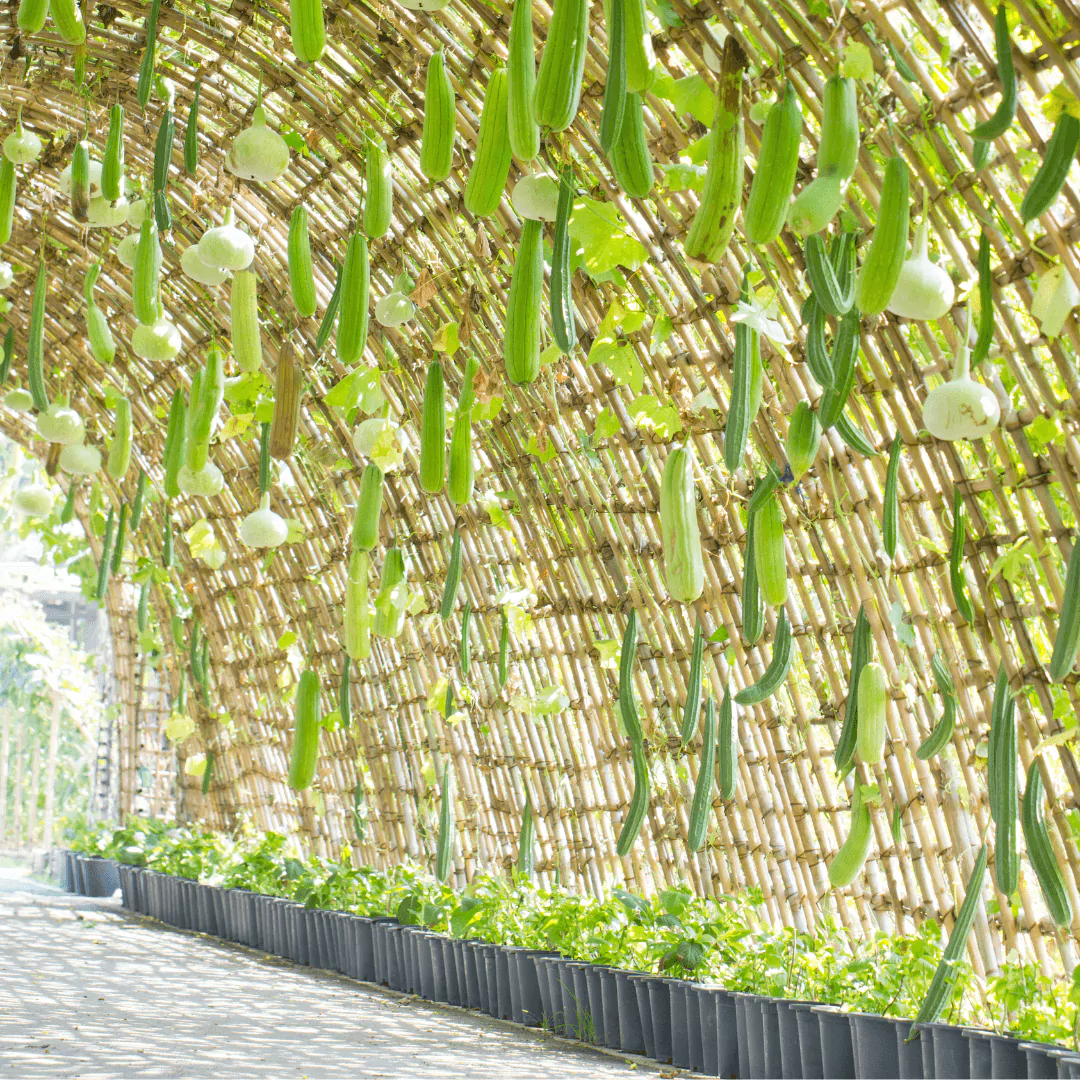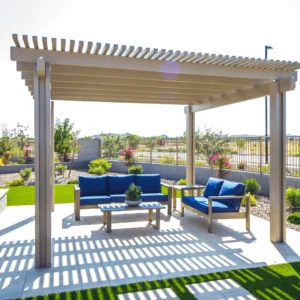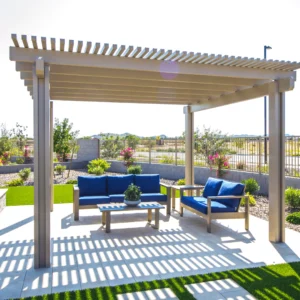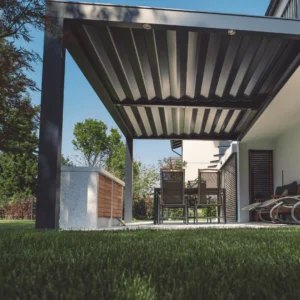Cool Decks, Fresh Veggies: 12 Vegetables That Grow in Shade
Gardening enthusiasts often believe that a thriving vegetable garden requires ample sunlight. However, if your outdoor space includes shady areas, you don’t have to miss out on growing fresh produce. There are numerous vegetables that grow in shade, allowing you to enjoy homegrown delights even without full sun exposure.
Here’s a guide to some of the best shade-tolerant vegetables, tips for optimizing their growth, and the benefits of growing them.
1. Leafy Greens
Spinach
Spinach thrives in cooler, shadier environments. It prefers partial shade, especially in warmer climates, to prevent bolting (prematurely going to seed). Spinach is nutrient-dense, offering vitamins A, C, and K, making it a fantastic addition to your diet.
Lettuce
Lettuce, particularly loose-leaf varieties, grows well in shaded areas. The cooler conditions help maintain its crisp texture and prevent it from becoming bitter. Lettuce is perfect for salads and sandwiches, providing a fresh, crunchy bite.
Kale
Kale is another excellent leafy green that benefits from partial shade. It becomes more tender and flavorful when grown in cooler temperatures, making it an ideal choice for shady gardens. Kale is rich in vitamins and antioxidants, promoting overall health.
2. Root Vegetables
Carrots
Carrots can tolerate partial shade, especially in the hotter parts of the day. While they do need some sunlight to develop their sweetness, they don’t require full sun. Carrots grown in shade may take a bit longer to mature, but the wait is worth it for their crisp, sweet taste.
Radishes
Radishes are fast-growing and can handle partial shade. They mature quickly, often within a month, making them a great choice for quick harvests. Radishes add a spicy crunch to salads and are excellent for pickling.
Beets
Beets are another root vegetable that can grow in shaded conditions. They require about 4-5 hours of sunlight daily but can manage with less. Beets are versatile, offering edible greens and nutrient-rich roots that are great for roasting, boiling, or juicing.
3. Brassicas
Broccoli
Broccoli thrives in cooler climates and can grow in partial shade. It requires some sunlight for optimal growth, but too much heat can cause it to bolt. Growing broccoli in shade helps maintain its tight, flavorful heads.
Cauliflower
Similar to broccoli, cauliflower prefers cooler temperatures and partial shade. It can be challenging to grow but rewarding. Shady conditions help keep the heads white and compact, perfect for steaming or roasting.
Brussels Sprouts
Brussels sprouts are slow-growing but benefit from partial shade, which helps them develop slowly, enhancing their flavor. They require a long growing season, making them ideal for gardens with cooler, shaded spots.
4. Herbs
Mint
Mint is a hardy herb that thrives in partial to full shade. It’s invasive, so it’s best grown in containers to prevent it from taking over your deck. Mint is perfect for teas, desserts, and garnishes, adding a refreshing touch to various dishes.
Cilantro
Cilantro, or coriander, prefers cooler temperatures and can bolt quickly in full sun. Growing it in shaded areas prolongs its life, allowing you to enjoy its fresh, citrusy leaves longer. Cilantro is a staple in many cuisines, enhancing dishes with its unique flavor.
Parsley
Parsley can grow well in partial shade, especially during the hotter months. It’s a versatile herb, used in everything from garnishes to soups and salads. Growing parsley in the shade helps maintain its vibrant green color and fresh taste.
Tips for Growing Vegetables That Grow in Shade
- Optimize Soil Quality: Even shade-tolerant vegetables need nutrient-rich soil. Add compost and organic matter to ensure your plants have the nutrients they need.
- Water Wisely: Shaded areas, such as patios and pergolas, can retain moisture longer than sunny spots. Be mindful not to overwater, as this can lead to root rot. Check soil moisture regularly and water as needed.
- Plant Spacing: Proper spacing is crucial for air circulation, reducing the risk of fungal diseases which are more prevalent in shaded, damp environments.
- Choose the Right Varieties: Select vegetable varieties known for their shade tolerance. Some seed catalogs and nurseries provide information on plants that do well in less sunlight.
- Reflective Surfaces: Use reflective surfaces, like light-colored mulch or garden decor, to increase the available light in shaded areas. This can help improve plant growth.
Benefits of Growing Vegetables That Grow in Shade
- Extended Growing Season: Shaded areas can provide cooler environments, allowing for an extended growing season for cool-weather crops.
- Pest Management: Some pests are less active in shaded areas, potentially reducing the need for pest control measures.
- Water Conservation: Shaded gardens often require less water due to reduced evaporation rates, contributing to more sustainable gardening practices.
- Garden Diversity: Incorporating shade-tolerant vegetables increases the diversity of your garden, allowing you to grow a wider variety of crops.
- Enhanced Garden Aesthetics: Shaded gardens can be lush and green, adding visual interest and creating a serene, cool retreat during hot summer days.
Growing vegetables that grow in shade opens up new possibilities for your garden. With the right selection and care, you can enjoy a bountiful harvest of fresh, nutritious produce even in the shadiest spots of your yard. Don’t forget to check out https://excelcustomdecks.com/oshkosh-deck-builder/ to learn how to improve or maximize your shaded outdoor living space. Happy gardening!







